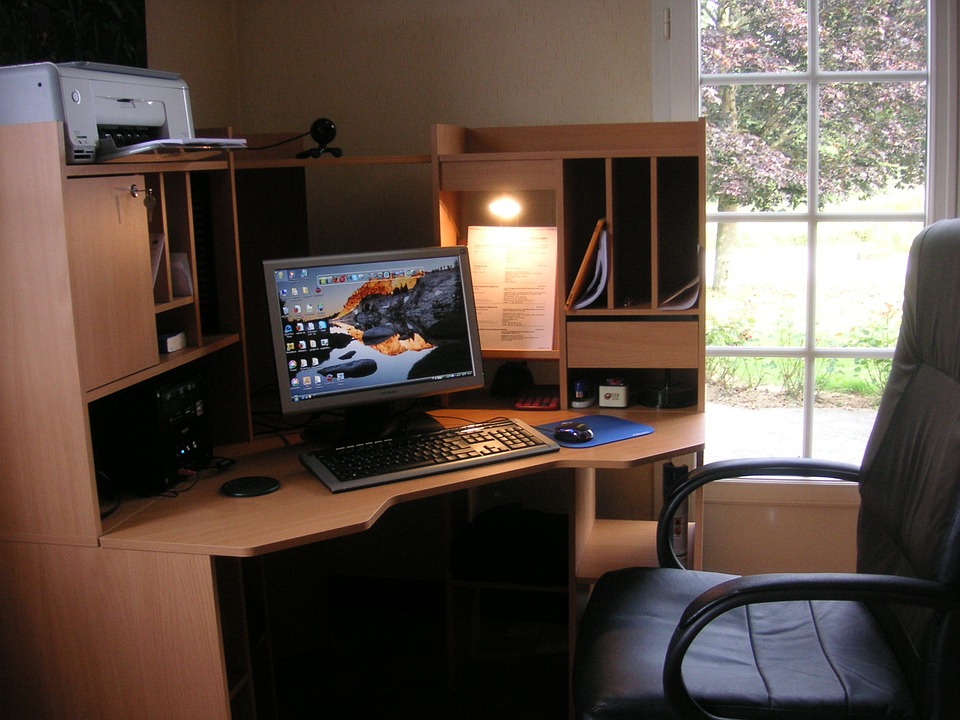Having the right kind of premises to base your business from is important. The space needs to have functionality but it also needs to be within your budget. Here are the different types of places that you can work from and the advantages that they all have.
Work from home
Working from home is the most cost-effective method and ideal for start-up businesses. You don’t have the bills that come with a premises allowing you to pour more of your profits into your business. There’s also know commute, which could take some of the stress out of your day.
That said, there are some drawbacks to working from home. If you’re hoping to take on employees, it’s unlikely you’ll want them in your home. In some lines of work you can hire employees virtually, allowing them to work in their home and communicating via Skype. Cloud technology has also made it possible to easily share files with virtual employees. However, in industries where you need to quickly bounce ideas off one another, you may find working from home isn’t so convenient.
You also have the issue of dealing with clients – if you need to have meetings, it’s unlikely you’ll want to invite them into your home. There are solutions to this such as the ‘coffice’, which is essentially working from a coffee bar. Even if you find this setting distracting on a day to day basis, it could be a great place for when you need to meet clients in person.
Share a coworking space
The next step up from working from home is to share a co-working space. This is a space in which multiple companies and freelancers work under the same roof. Some people find this social setting to be more stimulating. You may have to pay a small amount each week to use this co-working space but it’s unlikely to be as much as a rented office space. You may even be able to share this space with your employees and meet clients here. Because you’ll be sharing the space, you won’t be able to design the space to your requirements, which could be limiting in some cases. You may also want to double-check that you’re not sharing with a rival business as this could result in a conflict of interest.
Rent office space
A popular solution is to rent office space. This is cheaper than buying a commercial property and gives you a private space to share with employees and clients. In most cases, you’ll be allowed a lease of several years. The property owner may allow you to make some renovations, but you’ll likely be somewhat limited as to what you can do. There are many agencies out there selling offices for rent. In some cases you may be able to rent a part of another companies building and use this as your private space.
Buy your own premises
Buying a premises is much like buying a house – you’ll need to be able to afford a deposit on a mortgage in order to make it happen. There are special commercial mortgages out there for this purpose. Applying for a mortgage may require proof that your company’s income will be stable enough to consistently pay off the mortgage payments.
The advantage of owning office space is that you can renovate it however you feel to meet your business needs. You can knock out the walls and make it open plan or contrastingly build cubicles. You can also rent out part of the building if you desire to another company. Having some rent coming in could help you to cover your mortgage.
There are lots of commercial properties out there on the market, usually sold through specialist commercial agents. Make sure to hire a surveyor to check the property is in good condition and that there are no hazardous substances in the walls such as asbestos and lead. A surveyor will also be able to tell you if there are any costly repairs around the corner.
Convert a building
You may be able to buy a non-commercial building such as a house and convert it into an office. Barn conversions are a popular example of this that can be more cost-efficient in some cases than buying an existing commercial property. It may even give you more freedom over the design of your office space – you can choose elements such as where to put lighting and plug-points and windows. Make sure to write up a full financial plan of the costs before embarking upon a conversion so that you’re not overbudgeting. A conversion may take a few weeks, so ensure that you can hold out this amount of time.
Build your own office
For ultimate customisation over what your office space looks like, you could consider building your very own premises from scratch. This does require first buying land to build your office on. There are many sites where you can shop for land – it’s worth checking with a local planning committee that it’s legal to build on this land. You can then hire a contractor to design and build your home. This can be funded with a self-build mortgage. Overall, building an office from scratch can be less costly than buying an existing premises – the cost of land is likely to be the most expensive part of the project. The downside of a self-build is that it’s more time-consuming that other methods. Your office may take several months to build, which could mean delaying start-up plans or having to work somewhere else in the meantime.



No comments yet.